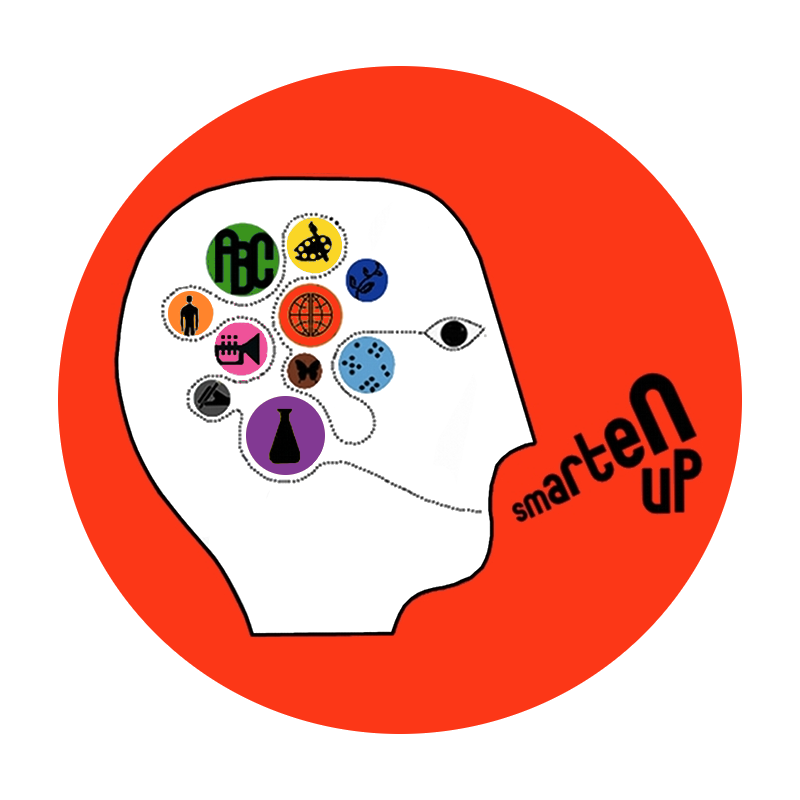Kids often have a hard time navigating the difficult texts they have to tackle in middle school and high school. Between complex ideas and challenging language, these readings can feel impenetrable. That's why Smarten Up Founder and CEO, Mara Koffmann, was so excited to speak with Alexis Ulaj about strategies for supporting students through these types of readings. After working with a wide range of learners in her classroom at Uncommon Schools, Alexis has developed a trusted set of tools and resources to support struggling readers through the complex texts they have to tackle in the classroom. Listen to their discussion below to learn more about creative approaches that parents and teachers can use to help kids tackle these types of assignments in a more strategic, confident way. And scroll down for key takeaways and resources!
Key Takeaways
Common causes of reading challenges include …
A lack of schema, which can make texts feel inaccessible. Schema relates to our knowledge of and experience with a given topic, be it a place, time, event, etc! Without a strong schema to support comprehension with a text, readers are likely to struggle with engagement.
Technical vocabulary and complex language can also make a text feel impenetrable for many students. If reading and understanding the words is hard, kids are sure to have a difficult time understanding the big ideas.
Fictional texts that include multiple conflicts are also very challenging for kids. Readers often struggle to identify the main idea or message of these types of books.
To better support readers through these sorts of reading challenges, try the following …
Teach kids to read nonfiction texts with a focus on claim. They should begin by identifying the topic of the reading by reviewing the title, summary or blurb, and first paragraphs. Then, kids should annotate with a focus on identifying sub-claims, or the mini arguments the author makes, by working through the text in sections. Last, readers can synthesize these details and think about why the author wrote the text in order to identify his or her primary claim. Remember, topic + sub-claim(s) = author’s claim!
Help students learn to read fiction with a focus on theme. At the beginning of a book, kids should read to identify the conflict that the main character must overcome. Then, as they continue reading, students can look for the changes in that protagonists’s perspective or behavior. Finally, as kids identify the resolution in the text, they can also gain a better understanding of the author’s message. By tackling the plot in chunks, readers will be able to better unpack the events in the text and the theme that they have in common.
Empower students to learn vocabulary in context. Once kids identify an unfamiliar word, they should underline or circle it. Next, they should identify the part of speech (i.e. adjective, noun, verb, etc.) and whether the term seems like a positive or negative one. Then, kids can use this information, along with context clues, in order to make a prediction as to the meaning of the word. This strategy will not only help students build schema to promote retention as they learn new vocabulary, it will also enable them to better understand an author’s claim and intention.
Interested in bringing these strategies into your classroom or home? Check out Alexis’s resources below to better support readers through complex texts!



